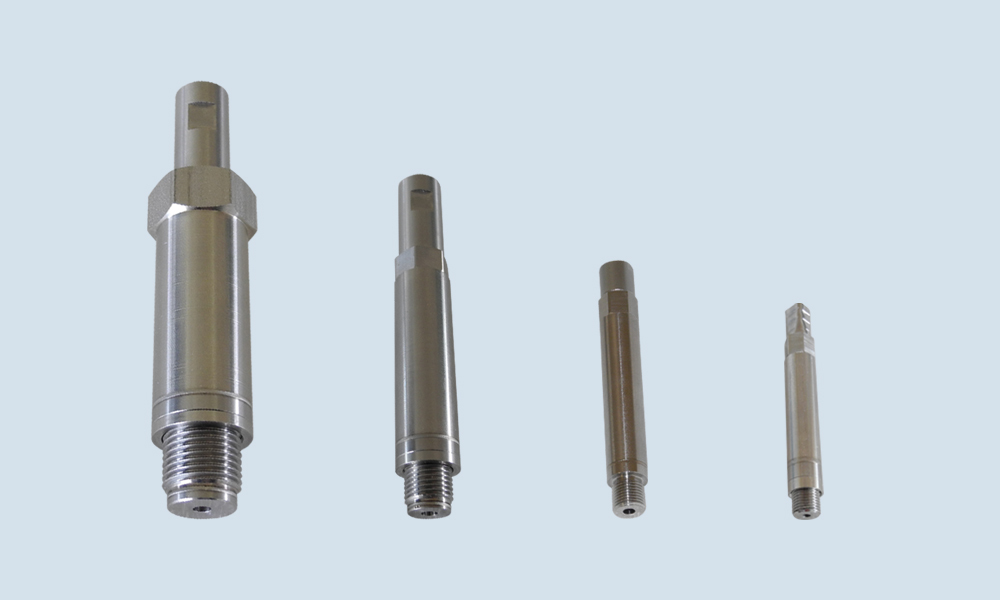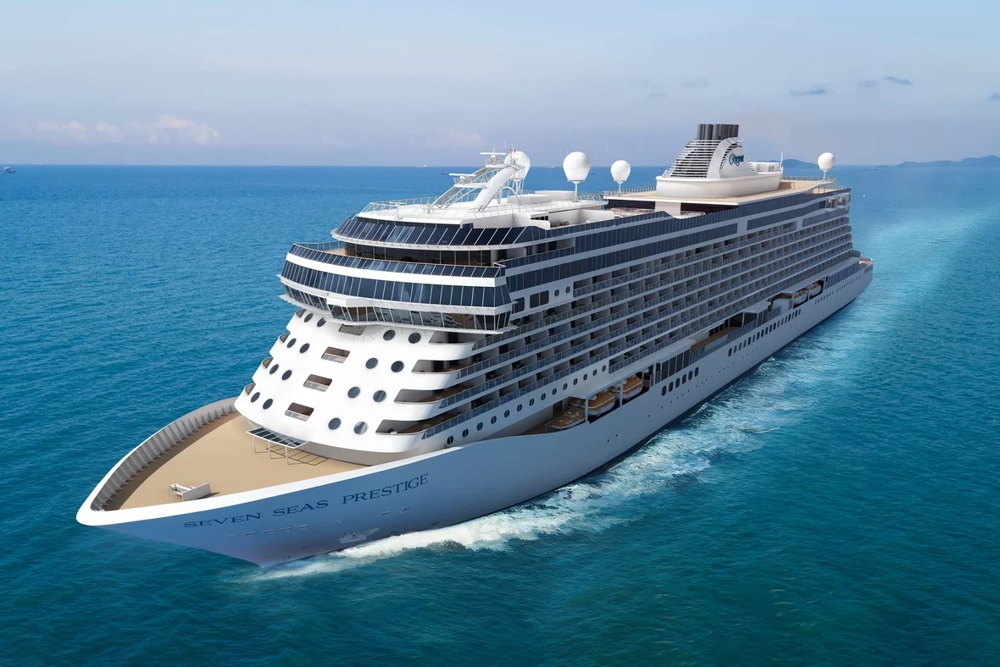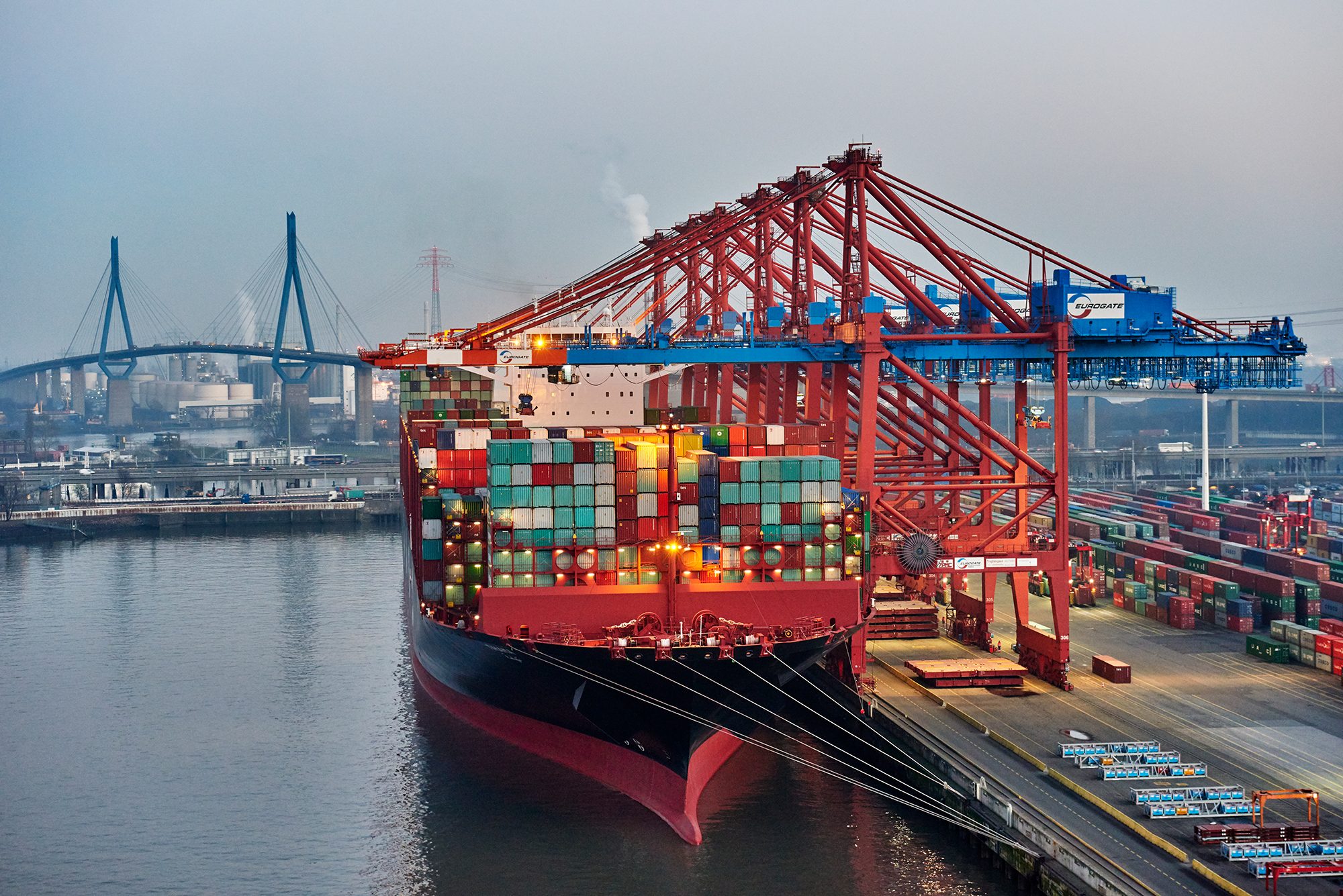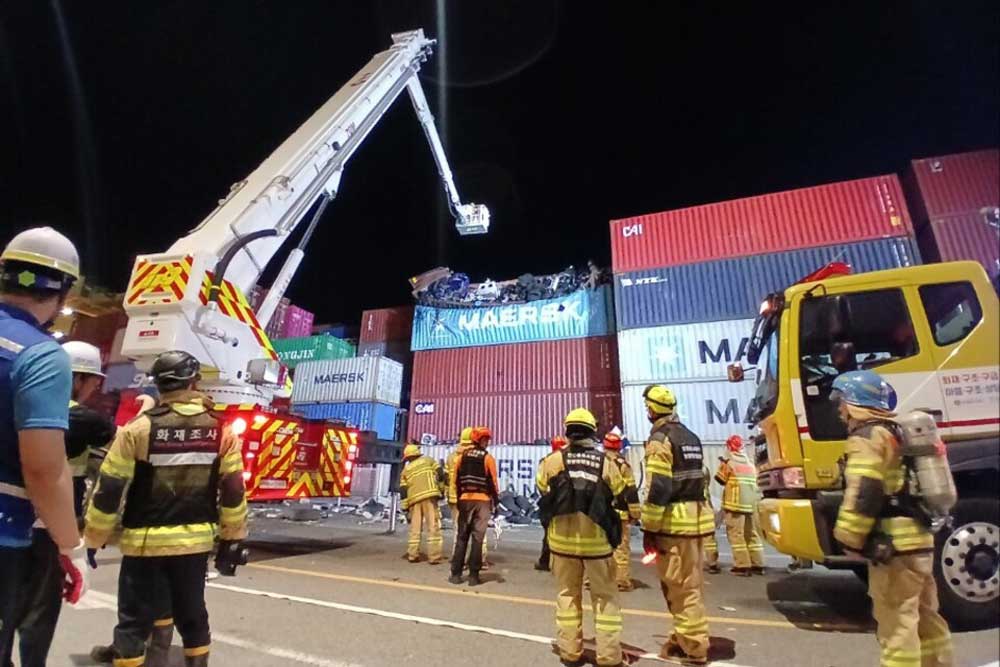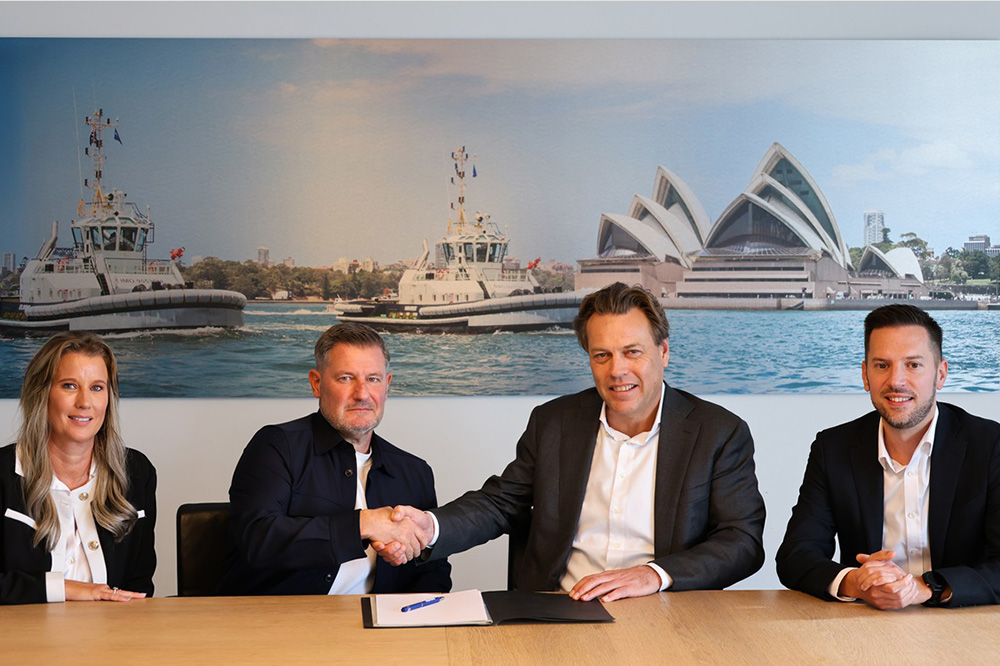Robots, hyperspectral cameras, laser cleaning and more: following the serious accident in June, Singapore wants to significantly modernise its oil spill clean-up management.
Following the serious accident involving the dredging vessel “Vox Maxima” on the bunker tanker “Marine Honour”, the Maritime and Port Authority of Singapore (MPA) is now testing new technologies and instruments for cleaning up oil spills.
These include hyperspectral cameras that can detect oil slicks under the surface of the water. The agency said during an oil spill exercise a few days ago: “Unlike conventional electro-optical cameras, which rely on visible and near-infrared light, hyperspectral cameras capture a wide range of wavelengths. This allows them to better distinguish between oil and water and improve the detection of oil spills in difficult environments, even in low light conditions.”
Singapore tests “Kobot”
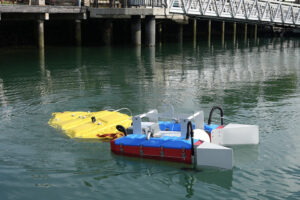
However, considerable development work is still required in these areas before the capability can be deployed, including the use of drones.
Also being tested is “Kobot”, an oil recovery robot that can separate oil from water in shallow waters. Developed by South Korean company Koai and supported by Hyundai Corporation, Kobot can be used in marinas and canals that are not easily accessible to conventional oil extractors.
Other devices tested include a laser cleaning machine that uses intense beams of light to break up and vaporise oil stains. The device can work well with high-pressure water jets on canal walls and rock faces, where cleaning needs to be more precise to remove oil stains and residual dirt.
On 14 June one of the worst oil spills occurred in Singapore when the dredger “Vox Maxima”, owned by the Dutch shipping company Van Oord, hit the bunker tanker “Marine Honour”, owned by bunker supplier Straits Bunkering. At the time, “Marine Honour” was delivering bunkers for the Evergreen container ship “Ever Blink” at the Pasir Panjang Terminal on the west coast of Singapore.
The impact damaged Marine Honour’s cargo tank, causing 400 tons of fuel oil to leak out. The oil spread to the coasts of East Coast Park, Labrador Nature Reserve, Keppel Bay, Southern Islands and Sentosa. Water activities on the affected beaches had to be suspended for the clean-up, which was completed on September 3. (PL)












